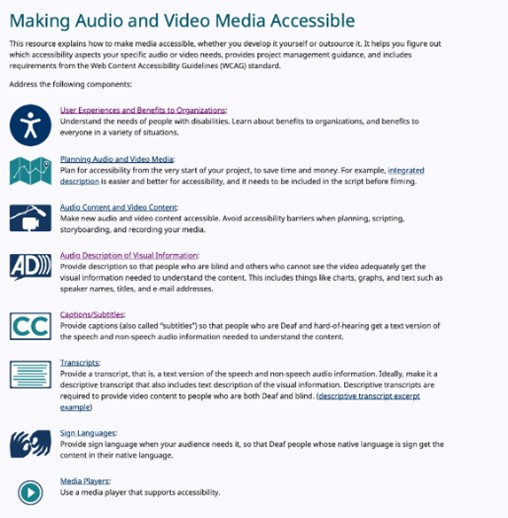Authors: Pilar Orero, Oriol López, Estel·la Oncins (UAB) and Lilli Nottrott (ULUND)
We are three members from TransMediaCatalonia research group (Oriol López, Estel·la Oncins and Pilar Orero) one of the three UAB teams in SO-CLOSE. We are experts on media accessibility and for this task we joined forces with Lili Nottrott from the University of Lund. Together we drafted the following guidelines for SO-CLOSE.
The UN motto #LeaveNoOneBehind is the central, transformative promise of the 2030 Agenda for Sustainable Development and its Sustainable Development Goals. SO-CLOSE project strongly shares this main objective, bearing in mind that, in order to improve social cohesion and achieve a solid mutual understanding between refugees and their local communities through media resources, accessibility has to be one essential content generation criteria.
In general, accessibility experts require lean and executive guidelines, away from academic recommendations and standardisation documents. For example, W3C has some free guidelines that are available online. They are written in English, but a lot of time needs to be invested to go through all the documents.

ISO guidelines are also available online but you have to pay before downloading, and the language is only English for: subtitles (ISO 70021: 23), audio subtitles (ISO 70021:25), audio description (70021:21), sign language (70021: 24), easy to read (ISO 23859).
To overcome this limitation, the teams from ULUND and UAB drafted some basic and easy-to-follow guidelines offering three simple instructions:
- Give a spoken output as alternative to visual information.
- Give a signed output as alternative to oral information.
- Give a written output as an alternative to oral information.
In the following posts we will further develop each of these sections of the SO-CLOSE Accessibility Guidelines. The documents were structured in two main areas: audio and video. Within the two blocks, the guidelines were drafted following the workflow in three stages: plan, set up and post-production. We will dedicate a follow-up article to develop some key recommendations to produce a spoken output as an alternative to visual information.



